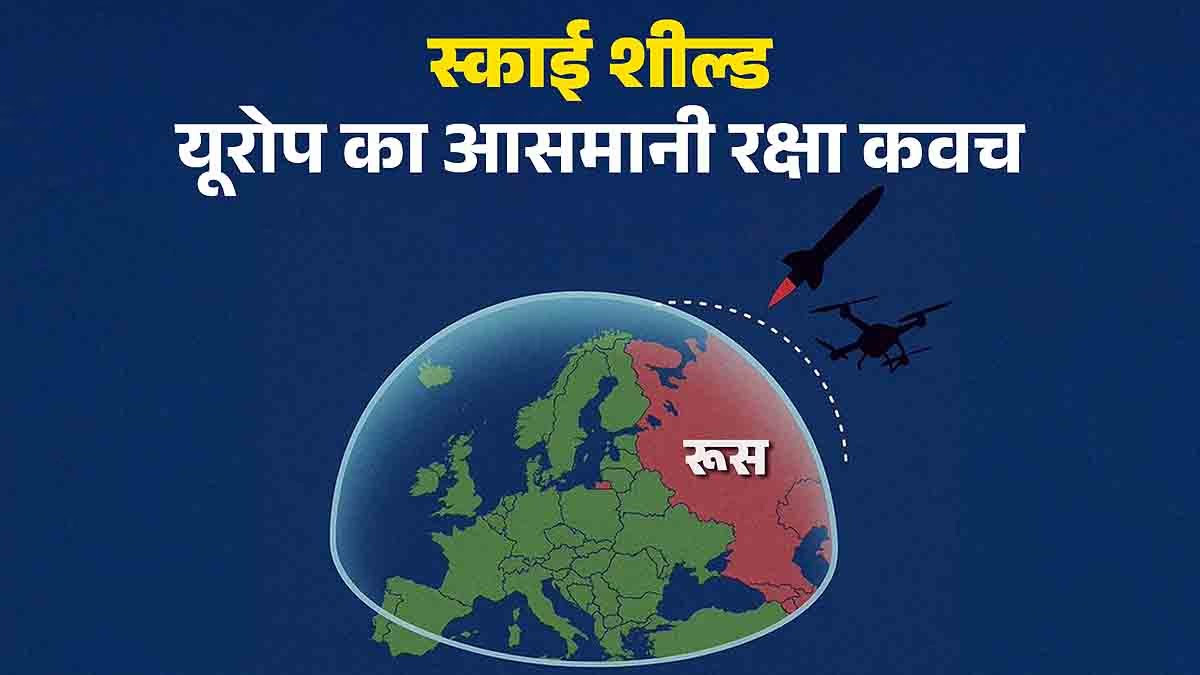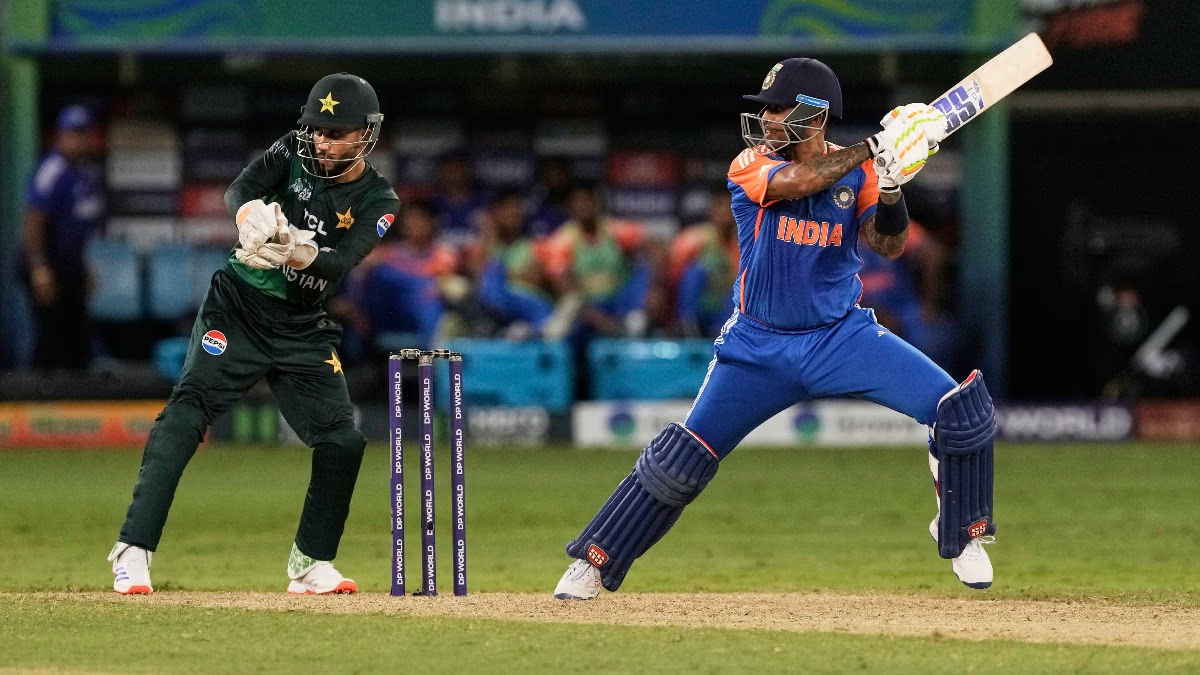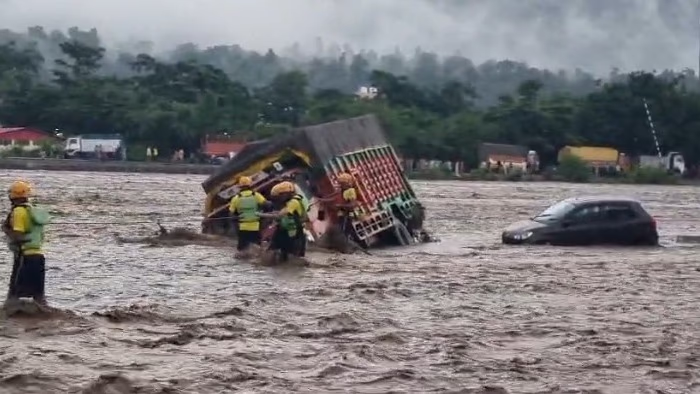In the aftermath of World War II, Europe has never faced such an extensive aerial threat. Russia's drone and missile strike campaign on Ukraine has made air defense the cornerstone of European security. Iranian Shahed drones target power stations, while Caliber and Kh-101 cruise missiles aim at cities, and Iskander ballistic missiles dismantle command centers.
European leaders now view similar threats to their airspace. Launched under German leadership, the European Sky Shield Initiative (ESSI) is Europe's most extensive defense project. It's a multinational effort of 21 countries forming a shield against advanced Russian aerial weapons.
In August 2022, German Chancellor Olaf Scholz announced the Sky Shield initiative to unify air defense systems among NATO and EU members.
The reason was simple:
No single European country could meet the budget or industrial capacity to tackle all threats (drones, cruise missiles, ballistic missiles) alone. A coordinated, layered system was needed, linking short, medium, and long-range interceptors into a common network.
By 2025, this initiative had engaged 21 nations, including Germany, the United Kingdom, the Netherlands, Italy, the Czech Republic, Finland, Norway, Denmark, Sweden, Belgium, Hungary, Slovakia, Romania, Bulgaria, Lithuania, Latvia, Estonia, Austria, Switzerland, Slovenia, Albania, and Portugal.
In February 2025, Albania and Portugal announced their involvement. Even traditionally neutral countries like Austria and Switzerland joined. Sky Shield aims to reinforce NATO's integrated air and missile defense system (NATINAMDS), marking the largest collective aerial protection since the Cold War.
ESSI is built on three layers, combining existing European service systems with new purchases. It counters threats from drones to ballistic missiles effectively.
IRIS-T SLM (Short to Medium Range)
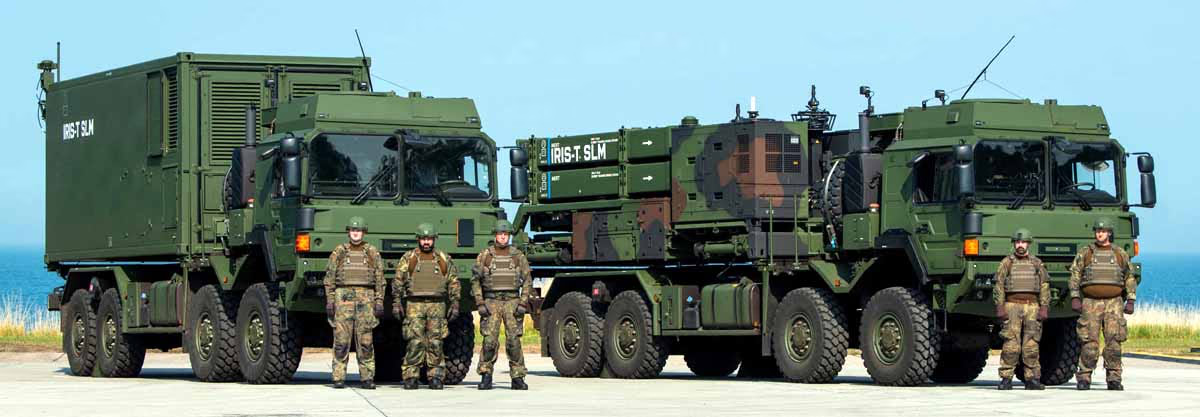
Source: aajtak
Developed by Germany's Diehl Defence, this system destroys drones, aircraft, helicopters, and cruise missiles up to 40 km away and 20 km high. Its TRML-4D AESA radar tracks over 1000 targets, including low-signature UAVs. German-given IRIS-T batteries in Ukraine have shown over 90% success, especially against Shahed drone swarms.
Patriot PAC-3 MSE (Medium Range)
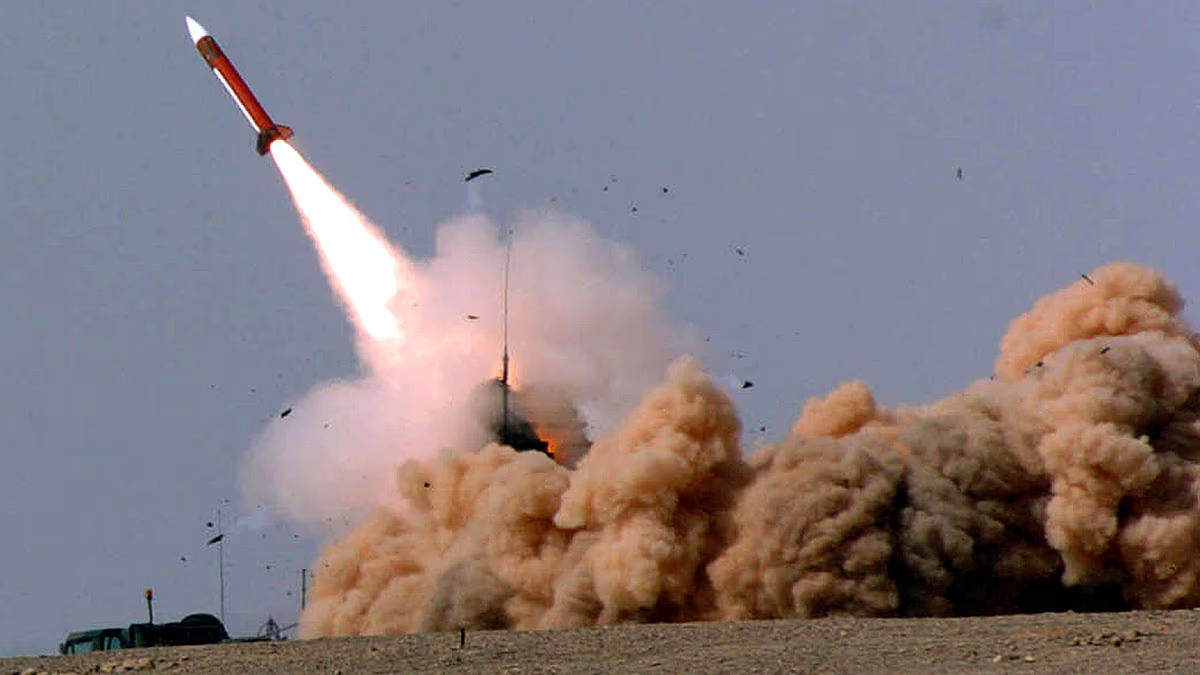
Source: aajtak
Produced by the US's Raytheon and Lockheed Martin, this system defends against ballistic missiles, cruise missiles, and advanced aircraft. The PAC-3 MSE variant operates against ballistic targets up to 60 km and aircraft/cruise up to 160 km, with a ceiling of 35 km. Its 'hit-to-kill' approach directly neutralizes ballistic warheads. Already operated by Germany, the Netherlands, Spain, and Poland, its integration is seamless.
Arrow-3 (Long Range/Exo-Atmospheric)

Source: aajtak
Developed by Israel Aerospace Industries and Boeing, this system destroys ballistic missiles from over 2000 km away and at altitudes exceeding 100 km, outside Earth's atmosphere. Germany signed a 4 billion Euro contract in 2023, with delivery by 2029-2030. In May 2025, the development of Arrow-4 became part of ESSI, providing insurance against Russia's long-range or nuclear missiles.
These systems create a 'defense-in-depth' model... IRIS-T shields cities and infrastructure from drones, Patriot protects military bases and cities from cruise/short-range ballistic missiles, and Arrow-3 guards against long-range/hypersonics. Everything integrates into a NATO-controlled network.
Since February 2022, Russia launched 15,000 Shahed drones and 7,000 missiles, requiring Ukraine to remain ever-vigilant. The Ukrainian Air Force warned that a single system cannot counter simultaneous attacks (dozens of drones at once). European planners fear similar tactics could target NATO bases in Poland, Romania, or the Baltic nations, with drone swarms attacking airfields or logistics hubs.
ESSI connects national radars, sensors, and interceptors into a network, sharing responsibility among countries. A NATO official stated that Russia has demonstrated that air warfare is now about numbers, swarms, and continuous strikes. Sky Shield is Europe's answer.
Sky Shield is also a test of European political unity. Germany positioned itself as Europe's security guarantor. However, not all allies agree. France opposed, as it increased dependency on American and Israeli suppliers.
France views the SAMP/T NG system (by MBDA and Thales, with Aster 30 Block 1NT interceptors) as a European option, offering 120 km range and ballistic defense. Italy and France currently operate it. Poland supported NATO's goals but prioritized national programs like Wisła (Patriot-based) and Narew (CAMM missile-based).
This highlights ESSI's challenge: Will it truly become pan-European or remain Germany-centric? Turkey and Greece strengthened the initiative by joining in February 2024, yet France, Italy, and Poland still pursue separate paths.
Sky Shield's success hinges on timelines and interoperability. Arrow-3's delivery by 2029-2030 may be late against current threats. Patriot is already deployed but faces interceptor shortages due to US production lagging global demand. IRIS-T production is accelerating, yet it produces only dozens annually, not hundreds.
The challenge of integration: Finland's radar must enable missile launches from Germany or Italy, requiring upgrades to NATO's Air Command and Control System (ACCS). Political agreements are necessary on who holds fire authorization during cross-border attacks. Without such understanding, Sky Shield risks becoming a museum of national systems.
For Ukraine, Sky Shield provides immediate and long-term benefits. Bilateral deliveries of systems like IRIS-T, Patriot, and NASAMS remain vital. Germany supplied many IRIS-T batteries, saving thousands of lives. ESSI is set to boost production, aiding Ukraine.
For NATO, it signals to Russia that escalation will not face disparate national responses but a collective shield. It also protects against changes in US politics, where Washington's commitment to European defense is debated. Sky Shield demonstrates Europe's readiness to manage its air security independently.
The European Sky Shield Initiative is Europe's biggest gamble and essential step. A gamble because it relies on unprecedented multinational integration, costly acquisitions, and political compromises. Essential because Russia's war has shown that European airspace is no longer safe.
If successful, it will not only protect against drone missiles but also reshape Europe's defense identity akin to the Cold War's integrated air defense. One European defense minister remarked that every Shahed drone over Kyiv serves as a warning for Warsaw, Vilnius, and Berlin. Sky Shield aims not just to protect Ukraine but to avert future conflict.
